Stormwater treatment types
There are a wide range of water sensitive urban design treatment types that can be used in an urban setting to help the water cycle function more naturally.
Below are some of the approaches commonly used by the City of Melbourne.
Notice: Undefined property: stdClass::$pageInfo in /var/www/html/urbanwater_prod/wp-content/plugins/fluid-video-embeds/fluid-video-embeds.php on line 681
Notice: Trying to get property 'totalResults' of non-object in /var/www/html/urbanwater_prod/wp-content/plugins/fluid-video-embeds/fluid-video-embeds.php on line 681
Notice: Undefined property: stdClass::$pageInfo in /var/www/html/urbanwater_prod/wp-content/plugins/fluid-video-embeds/fluid-video-embeds.php on line 681
Notice: Trying to get property 'totalResults' of non-object in /var/www/html/urbanwater_prod/wp-content/plugins/fluid-video-embeds/fluid-video-embeds.php on line 681
Notice: Undefined property: stdClass::$pageInfo in /var/www/html/urbanwater_prod/wp-content/plugins/fluid-video-embeds/fluid-video-embeds.php on line 681
Notice: Trying to get property 'totalResults' of non-object in /var/www/html/urbanwater_prod/wp-content/plugins/fluid-video-embeds/fluid-video-embeds.php on line 681
Click on a treatment type to learn more.
- Glossary
- Melbourne's water story
- Melbourne Water








